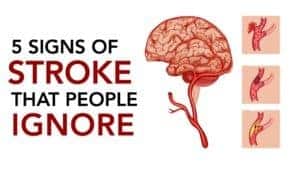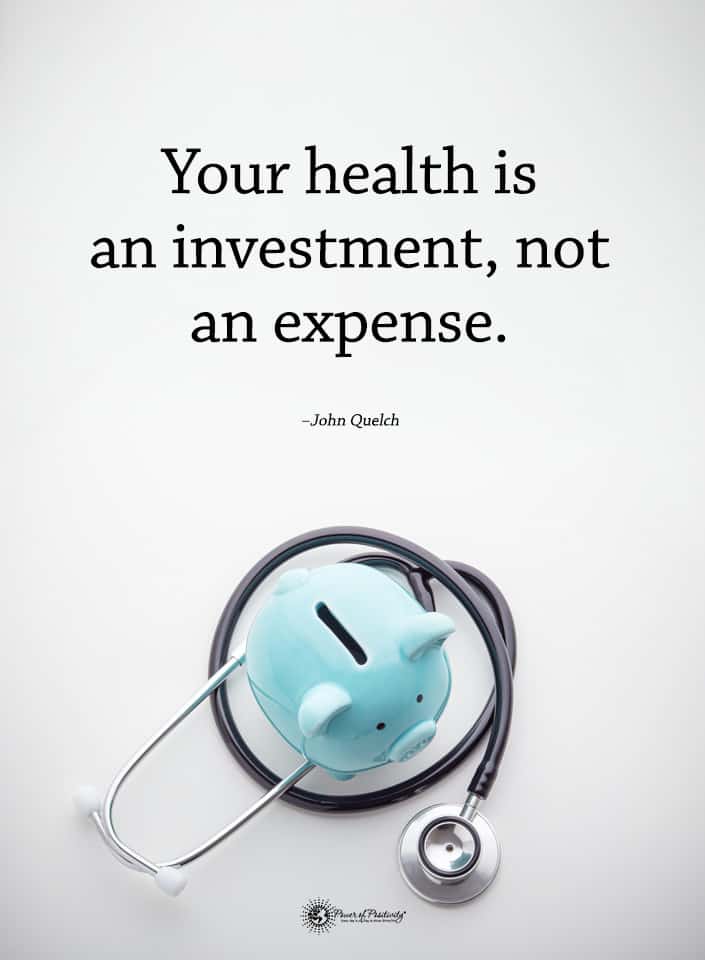Sometimes, trying to decide whether or not to go to an emergency room can be a tough decision. Injuries and illnesses can be problematic, and, understandably, you don’t want to overreact when emotions are running high. This thought process can be especially true if you’re uninsured, worried about childcare while you’re in the ER, or have to leave work.
So, what symptoms warrant a visit to the emergency room? Some people may think that fever is one.
Dr. Troy E. Madsen, M.D., one of the ER physicians at the Health University of Utah, doesn’t think that fever alone warrants a visit. “I won’t rush to get into the hospital based on a fever alone,” he said. “Look at the whole picture, look at all the symptoms, and how the person is acting. If they’re acting fine, and they’re eating well, and drinking well, and they’re alert, and they’re not confused, and they’ve got a temperature of 102, they’re probably okay.”
Other ER doctors like Shawn Evans, MD, at Scripps Memorial Hospital La Jolla, think that you should be a little less discerning. “Trust your gut,” says Dr. Evans. “If your personal instinct or your motherly intuition tells you it’s serious, don’t hesitate — go to the nearest emergency room.”
6 Times You Must Visit the Emergency Room
While many injuries and illnesses can make you question the necessity of an ER visit, there are some symptoms that you don’t have to think about. Here are six times that ER physicians agree you should go to the emergency room immediately.
1. Uncontrollable Bleeding
Uncontrolled bleeding can be a life-threatening situation. When you lose as little as 20 percent of your blood, hemorrhagic shock can occur. It can cause symptoms such as (but are not limited to):
- decreased heart rate
- rapid breathing
- nausea
- light-headed or dizziness
- sweaty, clammy skin
At a 40 percent blood loss, your body can no longer compensate for blood loss. You could pass out and slip into a coma. At 50 percent, your organs can stop functioning, including your heart.
To put this in perspective, the average human body has about 1.2 to 1.5 gallons of blood. Think about how long it would take you to pour out a gallon of milk. It doesn’t take very long to bleed out half of that.
2. Unexplained Chest Pain
Unexplained chest pains can be very dangerous, and they can go south quickly. It could be a sign of a stroke or a heart attack. You could die in minutes after having symptoms, so time is of the essence when you’re having chest pains. This timing is why most ERs take people in immediately when they have chest pains.
If you have a history of heartburn, you’ll probably know the difference between that condition and some other types of chest pain, especially if you’ve eaten something you should not have eaten. Other than that, you need to go to the ER if you have chest pains.
Although you should take all chest pains seriously, here are some other symptoms that can help you identify a possible heart attack:
- Nausea
- Cold sweat
- Shortness of breath
- Anxiety
- Indigestion
- Vomiting
- Tightness in the arms or neck
The symptoms of a stroke include:
- Sudden weakness in the face muscles or limbs, especially on the left side of the body
- Confusion
- Slurred speech
- Vision problems
- Severe headache
- Loss of balance/coordination
3. Anaphylaxis
Anaphylaxis is an extreme allergic reaction to something. It is always an emergency. Like chest pains, it can escalate very quickly, so every minute counts. In fact, death from anaphylaxis can occur so rapidly that you may not have time to make it to an emergency room.
Anaphylaxis triggers by your body’s sudden reaction to an allergen. Upon sensing the allergen, your body releases chemicals that can close the airways. This swelling can result in death by asphyxiation.
People with severe allergies often keep an epinephrine autoinjector, better known as an EpiPen, handy. EpiPens inject epinephrine into people experiencing a severe allergic reaction to open up their airways. However, they would still need a trip to the hospital afterward.
In most cases, anaphylaxis occurs within seconds or minutes of exposure to an allergen. A small percentage of people may not experience anaphylaxis for a half-hour to an hour. In these cases, they would have other symptoms that, when recognized, can indicate that anaphylaxis is going to occur. These symptoms include:
- Hives or a rash that itches
- Flush, pale skin
- Wheezing
- Swollen tongue
- Trouble breathing
- Fast, weak pulse
- Nausea or vomiting
- Dizziness, loss of balance, or fainting
If you suspect that you are having a severe allergic reaction, get help immediately.
4. Suspicion of a Broken Bone
When you injure yourself, it may be unclear if you have broken a bone or bruised yourself. This is because minor fractures may not hurt very much, and some bruises could be the most painful thing you have ever experienced. However, these are exceptions to the rule. If you break or fracture a bone, it is going to hurt, especially when you try to put weight on the affected area.
Depending on how severe the break is, there could be other signs. You could see swelling in the affected area, see a deformity, or in extreme cases, see the bone poking out of your skin. The shock could also make you feel faint.
A broken bone is nothing to play with. It must be treated immediately so as not to have permanent damage or a permanent deformity. Even if you think you have only bruised yourself, if the pain is severe or the accident that leads to the injury is severe, you should go to the ER to be on the safe side.
5. Car Accident
Car accidents are scary. If you have had a minor fender-bender, you may be able to skip going to the ER. However, if it’s more than that, it’s wise to go to the ER because you may not realize that you are injured right away. It’s not uncommon for pain from an accident to set in 24 – 48 hours after the accident.
With some accidents, you will be required to go to the ER. Rollover accidents are an example. Once emergency crews pull you out of the vehicle, they won’t even let you stand up. They put you directly on a stretcher and into an ambulance.
The critical thing to keep in mind about car accidents is that injuries can be tricky. People are often so full of adrenaline after a car accident that it can take hours before they realize how bad their injuries are. This is especially true if the person is concerned about a loved one who is more severely injured. When it come to truck accidents, the best bet is to play it safe and get checked out at the ER. A truck accident lawyer fresno can also help you get appropriate compensation for the injury.
6. Poisonings
There are so many different ways that you can be poisoned. Some may be by accident, and some may be bad luck. There are also those poisonings that are deliberate, such as from a malicious person who poisons someone or a person who is attempting suicide. No matter how a poisoning happens, it’s an immediate emergency, and the person should be taken to the ER as soon as possible.
There are so many ways a person could be poisoned that it may be challenging to determine the exact method or type of poison. The two most common types of poisonings are ethanol intoxication (alcohol poisoning) and drug overdoses. Others that are frequently seen are:
- Snake bites
- Food poisoning
- Contact with poison ivy
- Ingestion of inedible chemicals
The symptoms of being poisoned can widely vary depending on what the poison is. However, a few general symptoms could be choking, serious abdominal pain, rapid or slowed heart rate, passing out, foul-smelling breath, confusion, and visible skin problems like a rash or burns.
Final Thoughts on Emergency Room Visits
Fortunately, most injuries and illnesses can be resolved at home. However, there are times where it is not exactly clear when you should visit an ER. The six scenarios listed above are sure indicators that you should see an ER with no questions asked. However, if something happens outside of these six incidents, some of the best advice you can follow is to trust your instinct. If it looks dangerous, go to the emergency room. After all, it is better to be safe than sorry.

















 Community
Community

